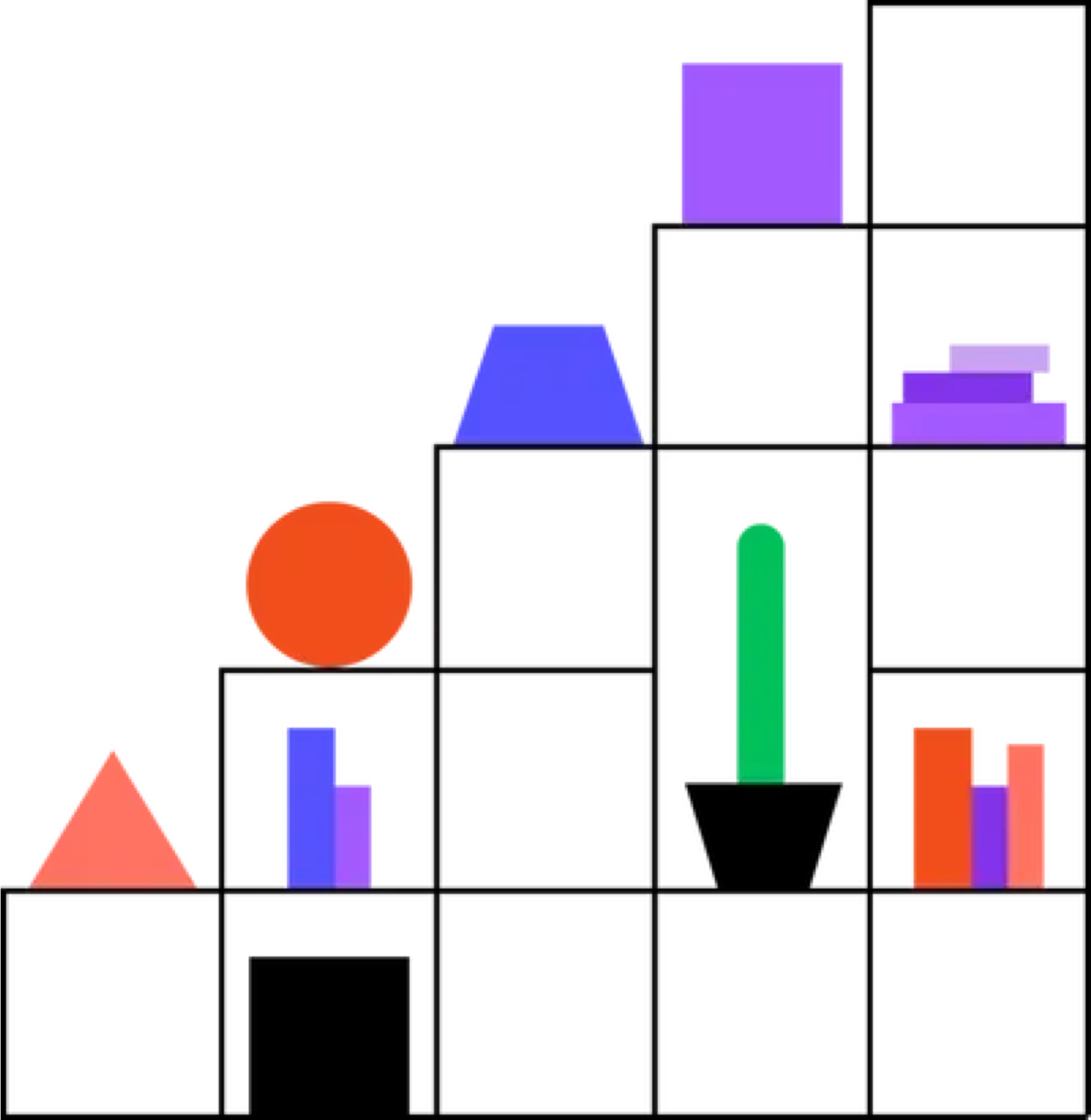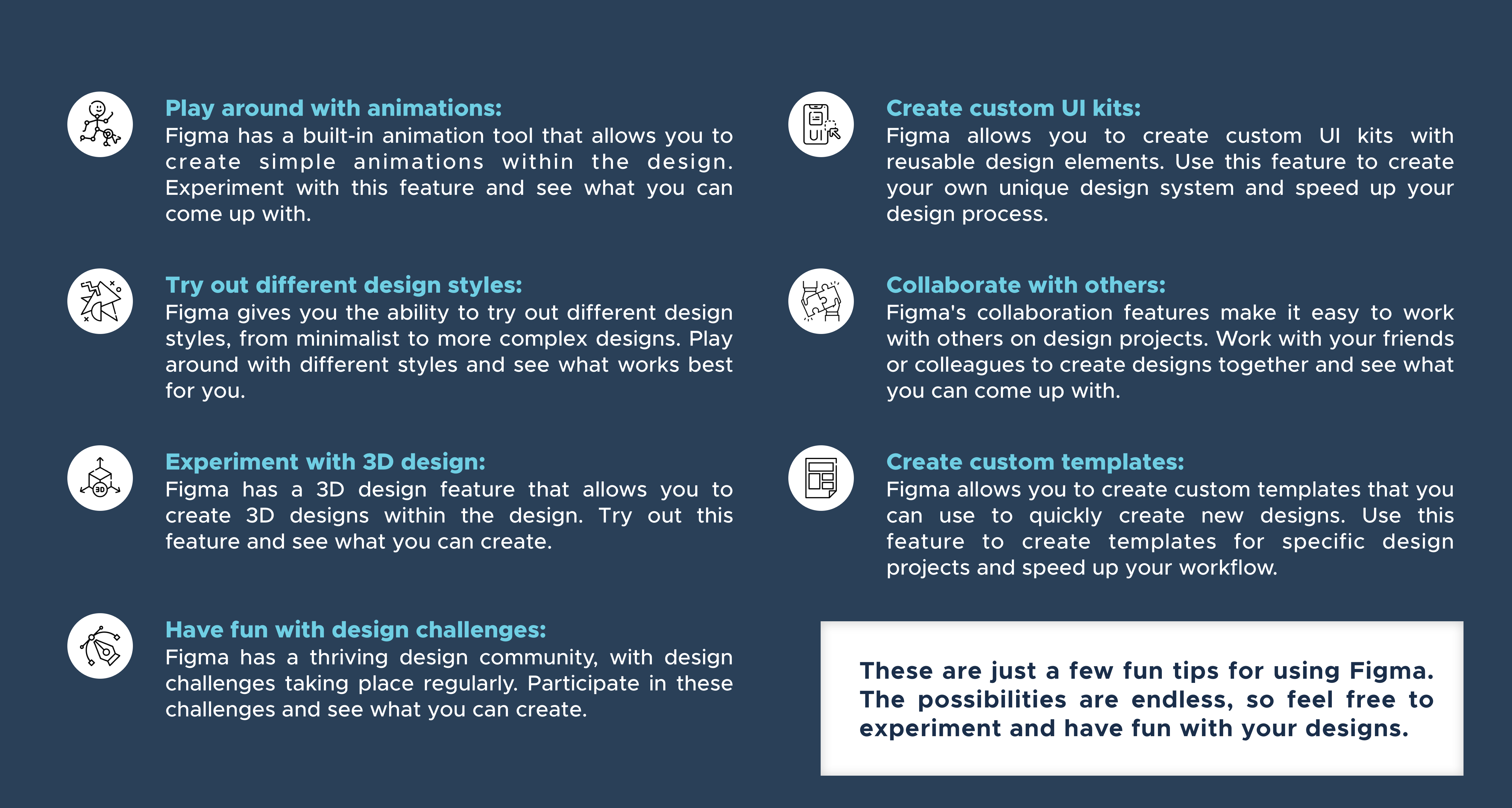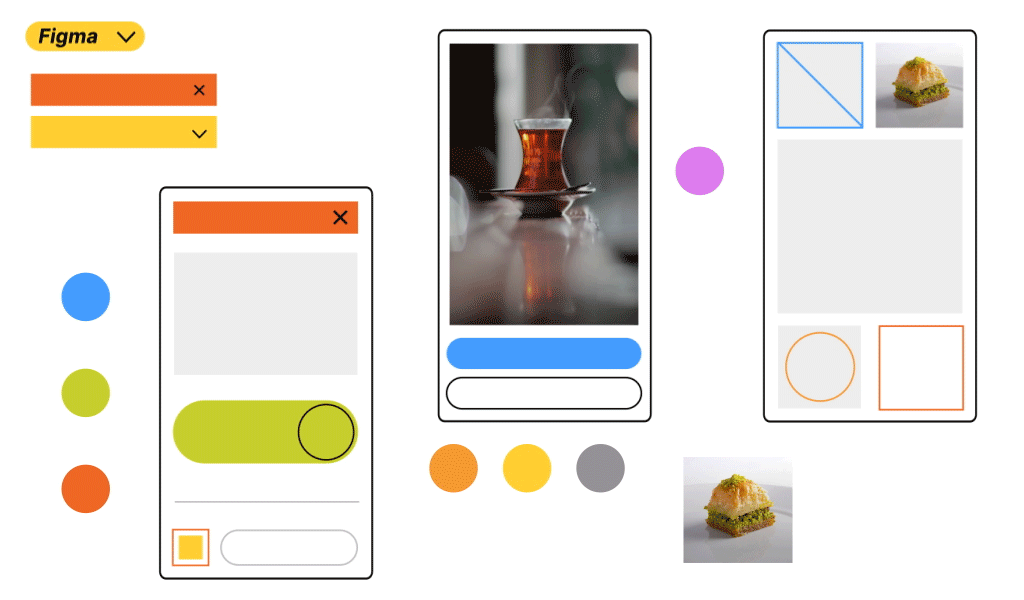Figma is a popular cloud-based, vector graphics editor and design platform used for interface design, prototyping, and collaboration. It was founded in 2012 and has since become one of the leading design tools in the industry.
One of the standout features of Figma is its collaborative nature. Multiple designers and team members can work on the same file simultaneously, and changes are updated in real-time. This helps reduce misunderstandings, streamlines the design process, and improves efficiency.
Figma also offers a range of design tools, including vector networks, Boolean operations, and a robust set of plugins that extend its functionality. Additionally, Figma offers a wide range of pre-made UI elements, icons, and other design assets that can be easily added to projects and customized to fit specific design needs.

Another advantage of Figma is its accessibility. Unlike traditional graphic design software, Figma runs in the browser, making it accessible from any device with an internet connection. This allows for seamless collaboration and accessibility to design files from anywhere.
Finally, Figma offers robust version control, allowing users to save different versions of their work and revert back to previous versions if needed. This can be especially useful for teams working on larger projects where multiple iterations are required.
Overall, Figma is a versatile, user-friendly design tool that offers a range of features to help streamline the design process and improve collaboration among team members.



